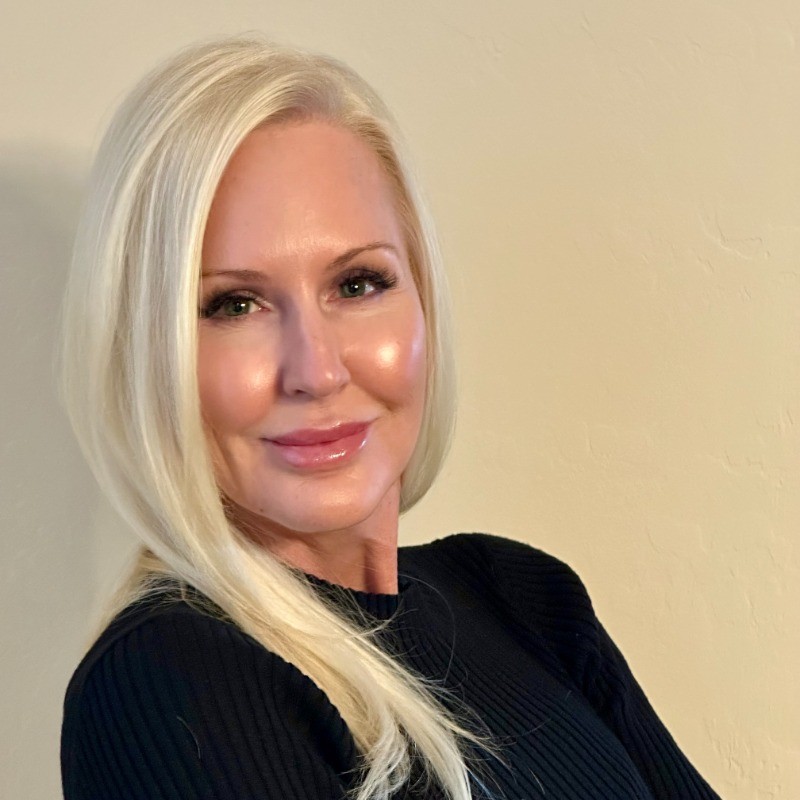Technology has always outpaced human adaptation. But today, that gap is disruptive and is part of why traditional IT leaders struggle in the age of AI.
Businesses that once thrived on the expertise of seasoned IT leaders are now finding those same experiences can be a liability in the age of cloud and AI.
Many of today’s IT leaders built their careers in the server-and-network era before 2010.
Their strategies were built around on-premise servers, shared drives, VPNs, and hardware-centric security.
Those approaches worked in their time, but they no longer align with how modern businesses operate.
The COVID Wake-Up Call
The cracks in these old strategies became painfully clear during the COVID pandemic. Progressive organizations that had invested in cloud-first, process-driven strategies shifted almost overnight to remote work.
Meanwhile, companies dependent on traditional IT leadership were left patching together temporary fixes: bolting on VPNs, shipping desktops home, and hoping the old infrastructure could stretch just a little further.
Productivity slowed, employees grew frustrated, and business continuity suffered.
AI: The New Pressure Test
Now, artificial intelligence is exposing the same weaknesses but on a much larger scale. AI is not a tool you can tack onto an outdated system.
AI demands a foundation of cloud-native infrastructure and well-designed workflows.
Yet many veteran IT leaders still treat AI like a shiny add-on: a license here, a chatbot there. Without the right processes and mindset, those efforts fail to deliver business value.
And that’s where the old strategies falls short.
Why Traditional Leaders Resist Change
The issue isn’t a lack of intelligence or wisdom. Far from it, these professionals carry decades of valuable knowledge. But two forces work against them:
- Incentive: For leaders nearing retirement, there’s little motivation to relearn their craft from scratch.
- Relevance: Experience rooted in the pre-cloud era simply doesn’t map to today’s business demands.
That combination creates an “experience gap.”
The very background that once made them indispensable now makes it harder to lead businesses in an AI era.
Why Relying on “One Good IT Person” No Longer Works
For decades, businesses could get by with a trusted IT manager or “that one good IT person.”
But modern technology strategy is too complex and too mission-critical for a single individual to manage effectively.
Successful organizations today don’t just need IT support. They need:
- Process-driven playbooks that standardize outcomes.
- Teams or partners with diverse skill sets across cloud, security, and AI.
- A growth-oriented approach that connects technology decisions to business outcomes.
Experience + Adaptation = Relevance
Experience still matters. Deep institutional knowledge, leadership skills, and wisdom built over years can provide invaluable context. But experience alone is not enough.
The leaders who thrive in today’s environment pair their background with a willingness to evolve by embracing cloud, automation, and AI as strategic enablers.
For organizations, the takeaway is clear: don’t let your growth be limited by an outdated IT mindset.
Partner with a team that brings both proven experience and a modern playbook to the table.
What To Do
Is your IT strategy built on yesterday’s playbook?
At Stringfellow Technology Group, we’ve spent years refining a process-driven approach that helps growing businesses harness cloud, security, and AI effectively without the risk of downtime or disruption.
Let’s talk about how we can align technology with your growth goals.




